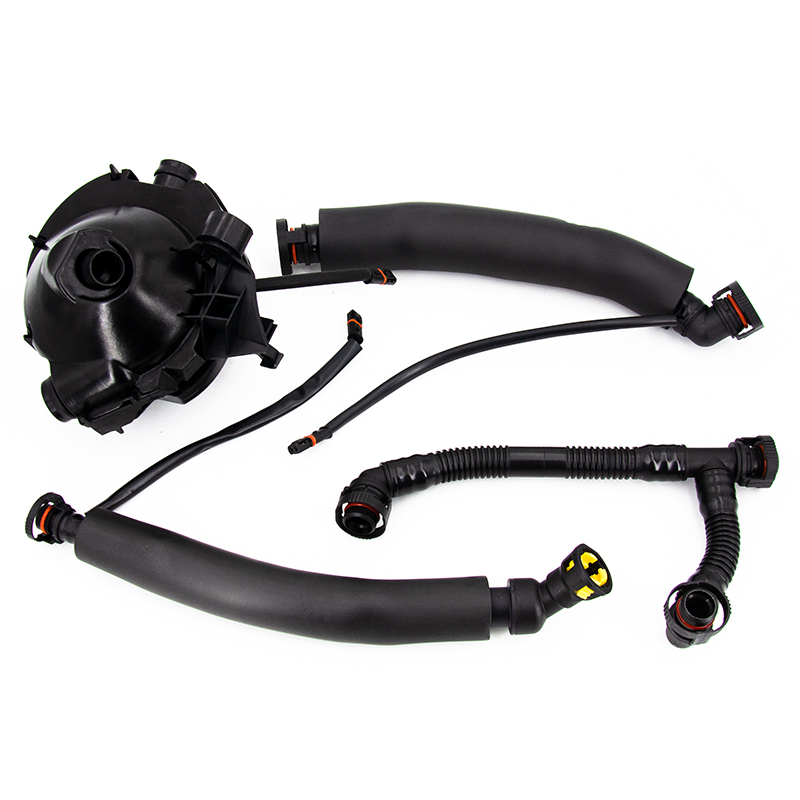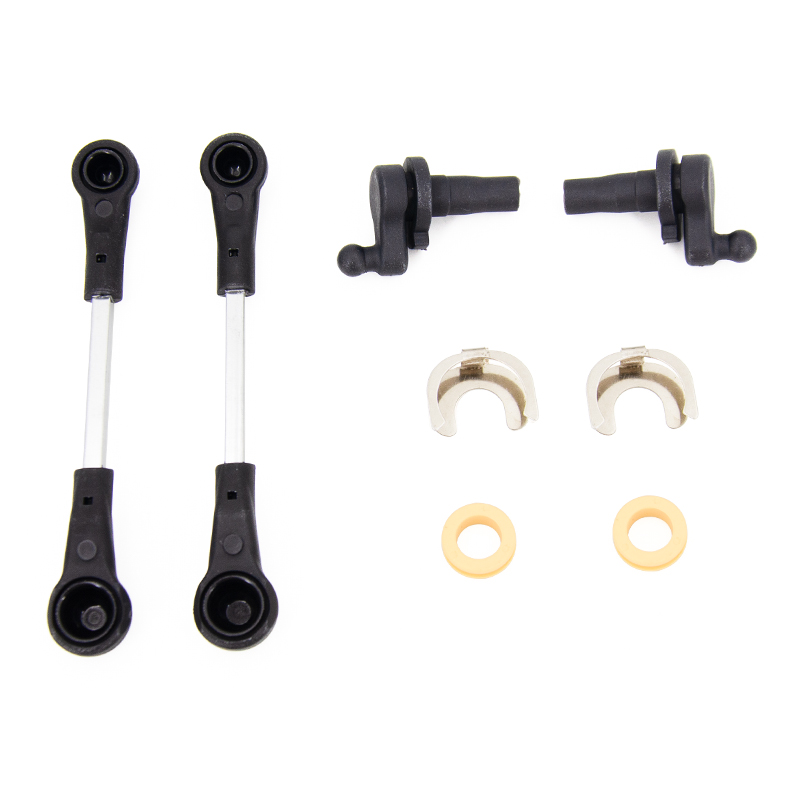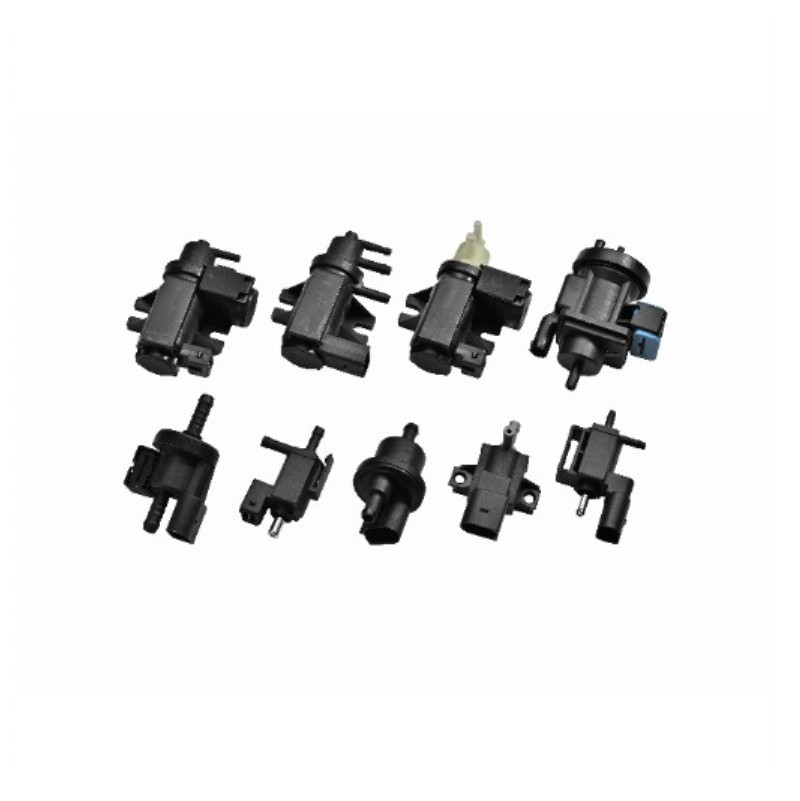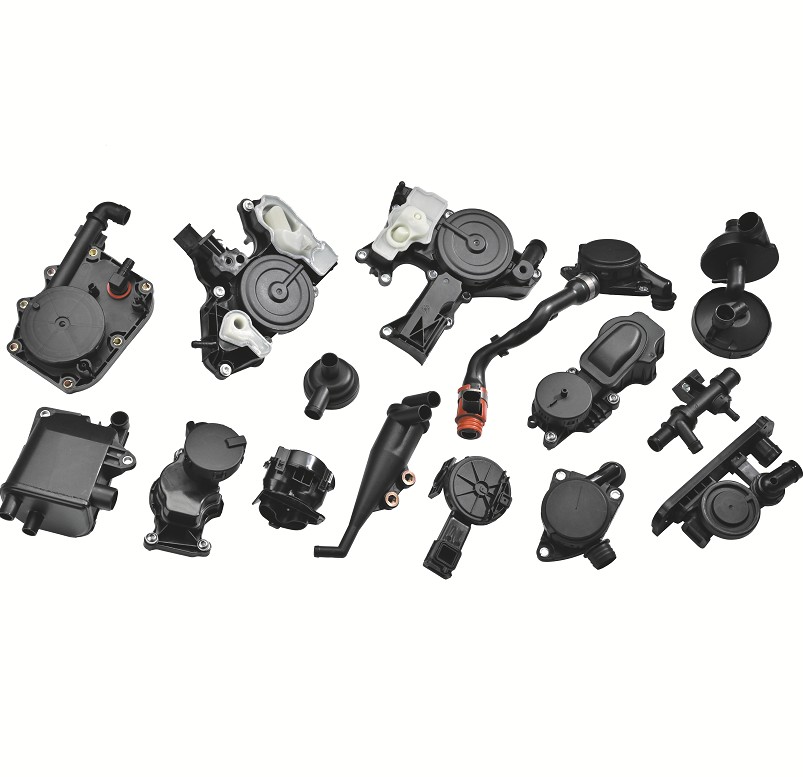If the Auxiliary Cooling Water Pump fails and the coolant circulation is blocked, the engine temperature will rise rapidly. When the temperature exceeds the normal range, the lubricating performance of the engine oil will drop significantly, aggravating the wear of the internal parts of the engine, and even causing serious faults such as cylinder pulling and shaft seizure. The normal operation of the Auxiliary Cooling Water Pump can effectively avoid such risks.
Too low engine temperature is also not conducive to normal operation. Low temperature will cause poor fuel atomization, resulting in incomplete combustion, increased fuel consumption and exhaust emissions, and aggravated wear of internal engine parts. The Auxiliary Cooling Water Pump can adjust the heat dissipation intensity according to the actual needs of the engine to prevent the engine temperature from being too low by precisely controlling the circulation speed and flow rate of the coolant.
There are differences in the heat generated by different parts of the engine. For example, the cylinder head is usually higher in temperature than the cylinder block due to direct contact with the combustion chamber. The Auxiliary Cooling Water Pump ensures that the high-temperature area obtains more coolant supply by adjusting the flow and velocity of the coolant, achieving precise matching of heat dissipation.
The cooling system of modern engines usually adopts a multi-channel circulation design. The Auxiliary Cooling Water Pump can push the coolant to flow along a specific path, passing through key components such as the cylinder head, cylinder block, radiator, etc. in turn, so that the heat can be dissipated quickly and efficiently. This design avoids the occurrence of local overheating and improves the overall heat dissipation uniformity of the engine.
A certain pressure needs to be maintained inside the cooling system to ensure that the coolant does not boil at high temperatures and prevent air from entering the system to form air blockage. The Auxiliary Cooling Water Pump provides stable pressure for the cooling system through continuous work to ensure that the coolant can circulate smoothly.
If the pressure of the cooling system is unstable, bubbles are easily generated in the coolant, which will reduce the heat dissipation efficiency of the coolant and rupture at high temperatures to produce cavitation, causing damage to the pump impeller and cooling system pipes. In addition, unstable pressure may also cause electrochemical corrosion inside the cooling system, shortening the service life of the engine and related components. The normal operation of the Auxiliary Cooling Water Pump can maintain the stability of the system pressure and reduce the risk of bubble generation and corrosion.
When starting the engine in a low temperature environment, the coolant temperature is low and the engine needs to heat up quickly to reach the optimal operating temperature. Through intelligent control, the Auxiliary Cooling Water Pump can reduce the circulation speed of the coolant at the beginning of the engine start-up, reduce heat loss, and help the engine heat up faster. At the same time, when the engine temperature reaches a certain threshold, the Auxiliary Cooling Water Pump will resume normal operation to prevent the engine from overheating.
In hybrid vehicles and pure electric vehicles, the Auxiliary Cooling Water Pump not only needs to dissipate heat for the engine, but also needs to provide cooling support for key components such as battery packs and motors. For example, in pure electric vehicles, the battery pack will generate a lot of heat during the charging and discharging process. The Auxiliary Cooling Water Pump takes away the heat through the coolant circulation, ensuring that the battery pack works within a suitable temperature range and improving the performance and safety of the battery.


 English
English русский
русский Español
Español Deutsch
Deutsch











